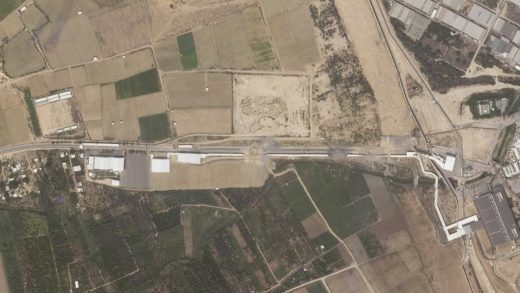
Recent research has pushed the timeline for the origin of all life on Earth back to 4.2 billion years ago. This last universal common ancestor (LUCA) predates previous estimates by about 300 million years. LUCA was a primordial cell, somewhat similar to modern bacteria, and existed during a time when Earth was still forming, characterized by intense heat and minimal atmospheric oxygen.
Uncovering LUCA’s Ancient Existence
The study, published in Nature Ecology & Evolution, involved Dr. Davide Pisani from the University of Bristol and Sandra Álvarez-Carretero from University College London. They utilized genomic analysis to refine LUCA’s age. By comparing genes from 700 species of bacteria and archaea, and examining ancient fossils such as 3.48-billion-year-old microbial mats from Australia, the researchers were able to make a more precise estimate. These ancient fossils provided crucial insights into early Earth’s conditions, helping to anchor LUCA’s age more accurately.
A Glimpse into LUCA’s Environment
LUCA lived during the Hadean eon (4.6 billion to 4 billion years ago), a period known for its harsh, inhospitable conditions. Earth’s oceans were extremely hot, and there was very little atmospheric oxygen. Despite these challenging conditions, LUCA managed to survive, likely in environments like shallow hydrothermal vents or hot springs. This ancient cell had adapted to high temperatures and was capable of living without oxygen, relying on the byproducts of other microorganisms in its ecosystem.
LUCA’s Advanced Features
Interestingly, LUCA already had a primitive immune system, indicating that even early life forms were battling viruses. This suggests that LUCA was not isolated but part of a complex, thriving ecosystem. The study also found that LUCA had genetic traits to defend against viruses, highlighting that the evolutionary arms race between life forms and viruses began much earlier than previously thought.
Implications for Life Beyond Earth
The study’s findings extend beyond the history of life on Earth. Dr. Philip Donoghue, a professor of paleobiology at the University of Bristol, pointed out that LUCA’s thriving ecosystem suggests that similar conditions could support life on other Earth-like planets. This revelation adds a new dimension to the search for extraterrestrial life, suggesting that if Earth-like biospheres exist elsewhere in the universe, they might also harbour life.
In summary, the discovery of LUCA’s age and characteristics not only reshapes our understanding of the early evolution of life but also opens new avenues for exploring the potential for life beyond our planet. The research underscores how interconnected life on Earth is and how ancient life forms were already adapting to their environments in complex ways.


